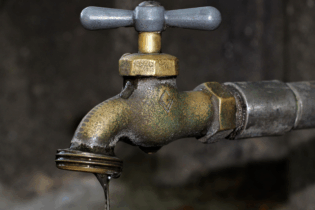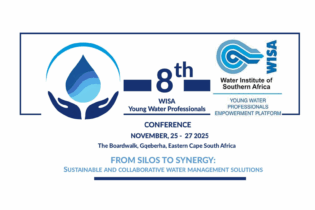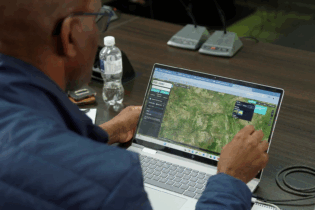The national average, comprising of 211 dams, decreased slightly from 72.9% last week to 72.7%. The department said this was an improvement considering the national average was 54.3% this time last year.
The Algoa System, with 5 dams serving Nelson Mandela Bay, decreased to 40, 6% from 41.4%. This time last year the system was recorded at 79.3%. The Amathole System, with 6 dams serving Buffalo City, decreased from 71.4% to 70.9%. Last year, the system was at 88.5%. The Bloemfontein System, with 4 dams serving mainly Mangaung, rose by 0.3% from 51.2% to 51.5%. It was record3d at 32.7% this time last year. The Cape Town Dams System with 6 dams serving mainly City of Cape Town decreased to 22.3% from 22.9%%. The system was at 31.7% this time last year. The city has said it was now contemplating introducing Level 4 restrictions. The Crocodile West System with 6 dams serving mainly Tshwane, Madibeng and Rustenburg decreased slightly from 99.7% to 99.3%. The system was recorded at 95.4% this time last year. The Integrated Vaal River System, with 14 dams serving mainly Gauteng, Sasolburg and Eskom, increased by 0.1% from 84.2% to 84.1%. The system was at 59.5% this time last year. And lastly, the Umgeni Dam System, with 5 dams serving mainly eThekwini and Msunduzi, decreased from 62.7% to 62.4%. The system was at 54.5% last year during the same period.
Most parts of South Africa have received the bulk of their summer rains, and with the onset of winter, the department of water and sanitation says water is steadily dissipating from dams.
Prospects of another El Nino are also forecast for the country, which has the department encouraging all Water Service Authorities (WSAs) to implement water conservation and water demand management strategies.
To this end, the department has stressed that communities should be alerted to possible water restriction processes in upcoming months.
“Winter rainfalls are also of great concern as we have not yet had any significant rain to relieve pressure on the dams,” the department said.
The department has made a plea to all citizens, municipalities, businesses, and agricultural and industrial sectors to minimise consumption, and more importantly, save water.
The country’s most severely affected province remains the Western Cape, with dam levels at a critical low of 22, 9%, however only 12.9% of the water is usable. The South African Weather Services (SAWS) has however already predicted that the Cape will experience some rainfall this month.
As of last week, average dam levels were as follows:









